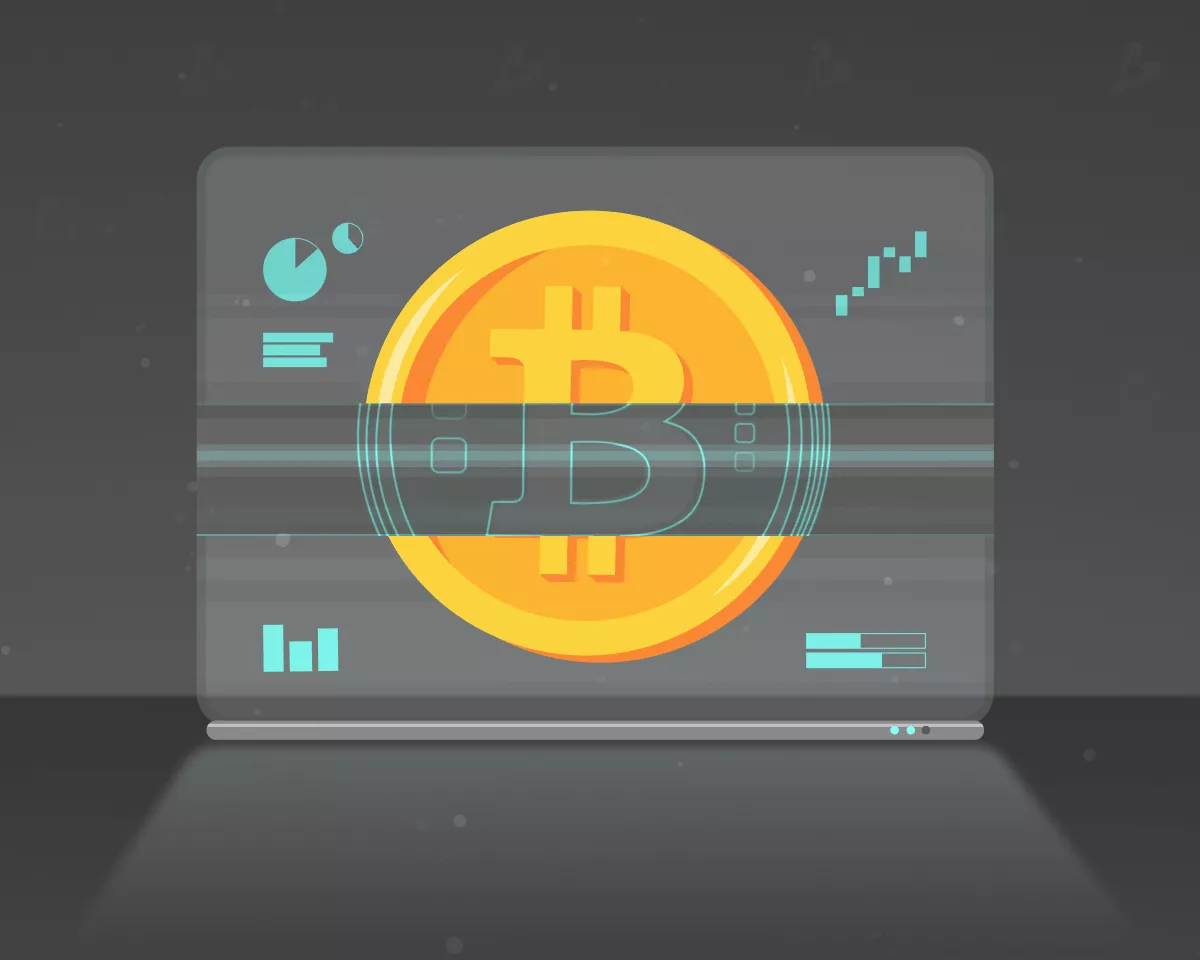XRP is once again at the center of controversy in the crypto community, as traders weigh in on the token’s potential and the forces that may be working to hold it back. The conversation reignited after Blockchain Backer posted: “If it isn’t clear yet, XRP is a threat to Bitcoin.” That statement quickly drew a strong reaction from popular XRP advocate Cobb, who responded, “THIS IS WHY THEY TRY TO SUPPRESS XRP SO HARD.” Cobb’s comment reflects a belief shared by many in the XRP community: that XRP’s unique design and growing real-world use cases have positioned it as a direct challenge to Bitcoin’s dominance. And for that reason, it faces persistent suppression from both market influencers and regulatory powers. THIS IS WHY THEY TRY TO SUPPRESS XRP SO HARD https://t.co/xLQkJra2a0 — Cobb (@Cobb_XRPL) June 26, 2025 XRP vs. Bitcoin: A Fundamental Divide At the heart of this debate is the contrast between Bitcoin and XRP in both function and philosophy. Bitcoin was created as a decentralized, censorship-resistant store of value. Its slow transaction speeds and high energy consumption are often defended as trade-offs for its security and decentralization. XRP, by contrast, was built for speed, efficiency, and utility, especially in cross-border payments. With transaction finality in seconds, negligible fees, and the ability to handle over 1,000 transactions per second, XRP offers a practical solution for real-time settlement that Bitcoin simply cannot match. This performance gap has led many analysts to argue that XRP threatens Bitcoin’s position, not just in market cap, but in relevance. If institutions and governments begin to prioritize utility over store-of-value narratives, XRP could emerge as the preferred blockchain solution for global finance. The Suppression Theory Cobb’s claim that XRP is being “suppressed” taps into a longstanding theory within the community: that XRP’s growth has been deliberately stalled to protect entrenched interests in Bitcoin and legacy financial systems. This theory gained momentum during Ripple’s legal battle with the U.S. Securities and Exchange Commission, which began in December 2020. We are on twitter, follow us to connect with us :- @TimesTabloid1 — TimesTabloid (@TimesTabloid1) July 15, 2023 The timing of the SEC’s lawsuit—just as XRP was gaining traction with institutional partners—raised eyebrows. For nearly three years, XRP was delisted from major U.S. exchanges and excluded from key bull market rallies, while Bitcoin and Ethereum soared. Though the legal cloud is partially lifted, many believe the damage was already done. Cobb and others suggest that XRP’s sidelining wasn’t accidental. With its deep ties to banks, central banks, and payment providers, XRP threatens not only Bitcoin’s dominance but also the interests of those who benefit from the current system. A Real Threat to the Old Guard? The question now is whether XRP can reclaim its momentum. As Ripple expands into CBDCs, tokenized assets, and institutional finance, XRP’s utility continues to grow. And with renewed attention on Bitcoin’s limitations, XRP is once again being viewed as a legitimate alternative. Cobb’s pointed reaction, “This is why they try to suppress XRP so hard”, sums up the sentiment of a growing number of traders who believe that XRP’s biggest obstacle isn’t technology or demand, but the fear it inspires in those who stand to lose the most. Disclaimer : This content is meant to inform and should not be considered financial advice. The views expressed in this article may include the author’s personal opinions and do not represent Times Tabloid’s opinion. Readers are urged to do in-depth research before making any investment decisions. Any action taken by the reader is strictly at their own risk. Times Tabloid is not responsible for any financial losses. Follow us on Twitter , Facebook , Telegram , and Google News The post Trader Pin Points Why XRP Is Being Suppressed So Hard appeared first on Times Tabloid .


















